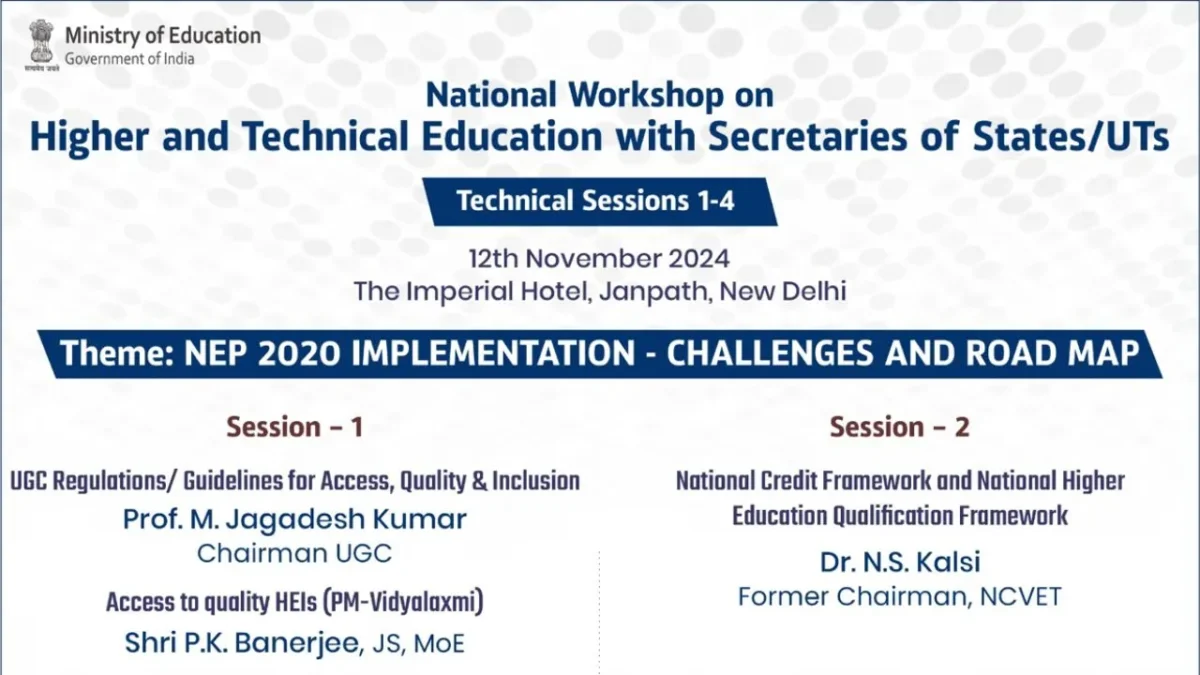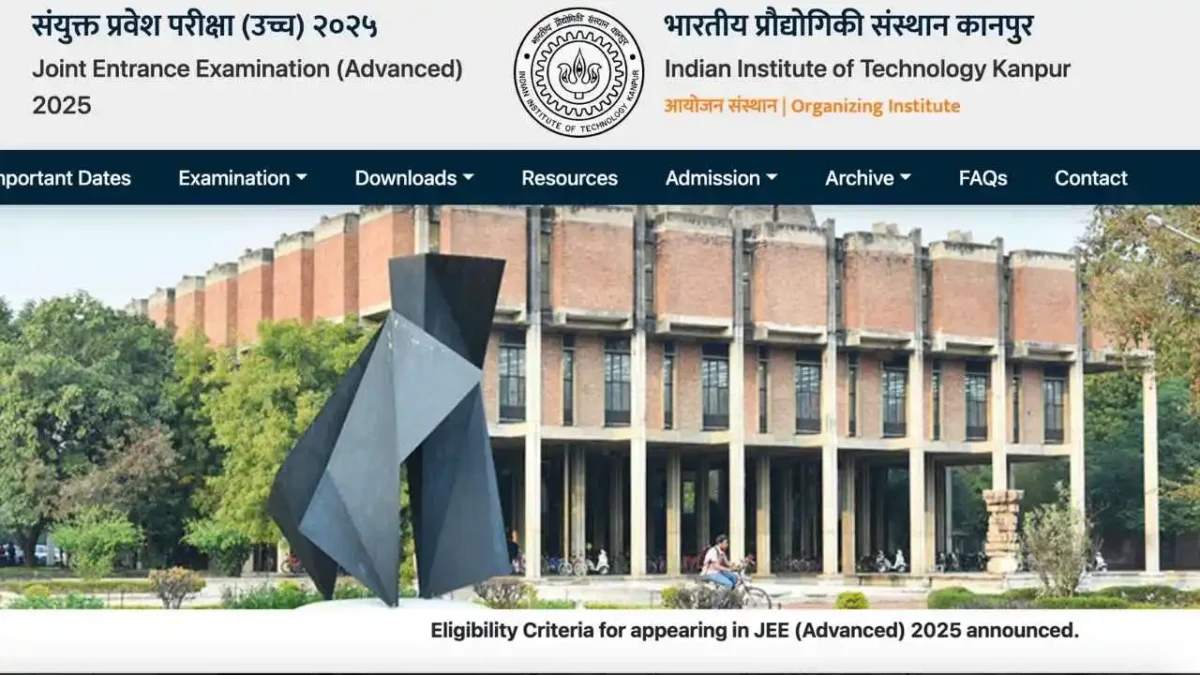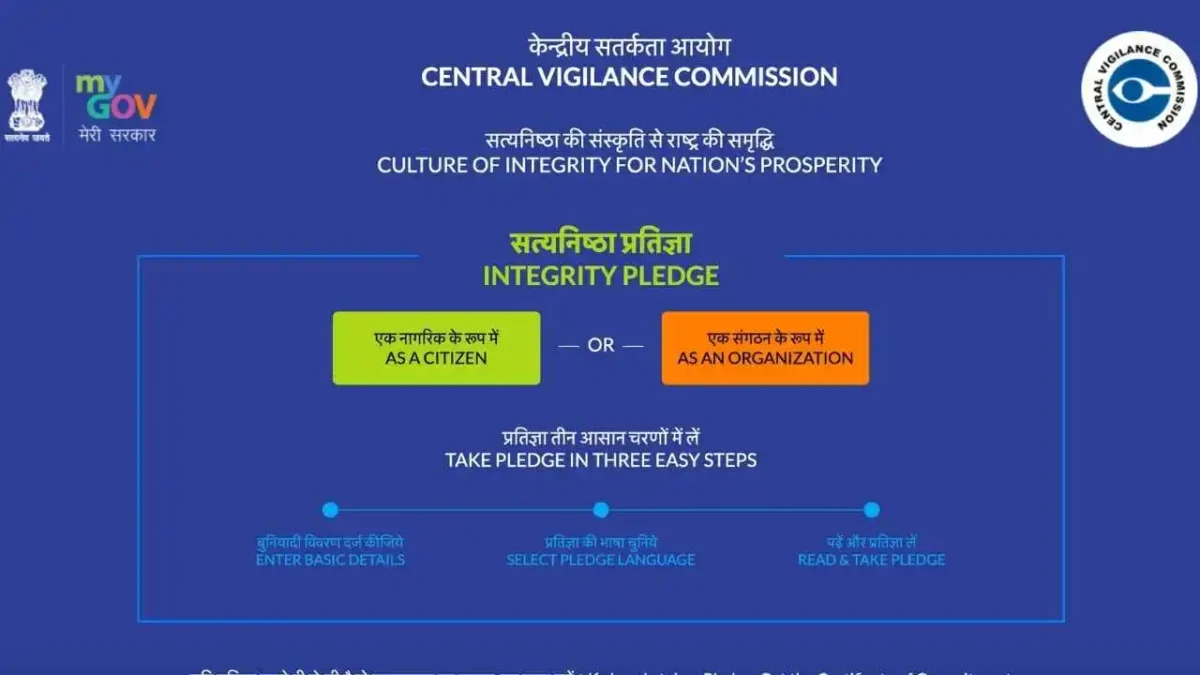CBSE Issues Critical Guidelines for Schools to Support CWSN Students
The Central Board of Secondary Education (CBSE) has issued an important guideline for all schools. Under this guideline, all schools must ensure that facilities for Children With Special Needs (CWSN) are properly maintained.
CBSE has updated the guidelines for schools regarding students with special needs (CWSN). The revised guidelines include instructions for schools to confirm the floors on which classes are conducted when seeking affiliation. The regulations also cover signage, ramps, lifts, regular toilets, accessible toilets, washbasins, and Indian squatting seats.
CBSE has explained the reason for these revisions. The board stated, “We have been receiving written requests from schools, and the discussion points from various forums of stakeholders are aimed at making guidelines more favorable for CWSN students attending schools.” The board has advised all affiliated schools and those seeking affiliation to follow the revised guidelines.
What Are the Guidelines?
1. Construction of Ramps: Schools must construct proper ramps on the ground floor to ensure barrier-free access for CWSN students.
2. CWSN-Compliant Toilets: Separate toilets for CWSN students (boys and girls) must be maintained on the ground floor or on any other floor where classes or practicals are conducted for CWSN candidates. These toilets should have sufficient space for wheelchair or walker movement.
3. Affiliation Requirements: Schools applying for affiliation or extension of affiliation must confirm the floor on which they intend to conduct classes or practicals for CWSN students.
4. Flat Surface Access: Schools should provide a well-maintained, flat surface for access. Paved floors should be available to ensure comfortable access for all students and teachers, benefiting children and adults with disabilities.
5. Surface Quality: Surfaces should be firm, level, and have a slip-resistant finish in all weather conditions.
6. Drop Curbs: Pathways should include appropriate drop curbs to allow wheelchair access.
7. Clear Pathways: The pathway from the gate to the school buildings, playgrounds, and toilets should be clear, firm, level, and regularly maintained.
8. Door and Entrance Width: The main entrances and doors in school buildings should be 1500-1800 mm wide. Classrooms, toilets, laboratories, etc., should have a minimum clear door width of 900 mm.
9. Walkway Design: Walkways should avoid sharp turns and should not have hanging or protruding obstacles such as windows, lights, branches, pots, or signposts.
10. Guard Railings: Railings should be provided at any hazardous points along the walkway. Guard railings are mandatory in the event of sudden changes in level, including stairs and corridors. Railing ends should be rounded off or grounded to prevent injury.
11. Uniform Stair Design: Stair height and width should be uniform. Bright, contrasting tactile pavers (preferably yellow) should be used for easy identification at every change in slope, start and end of stairs, and at turns.
12. Non-Slip Floor Surfaces: All floor surfaces should have a non-slip, matte finish, avoiding loose gravel or stones to ensure safety. (News source: India Tv)
For the Latest Educational News (CBSE, ICSE, and State Board News) and live news updates, like us on Facebook or follow us on Twitter and Join our Premium Telegram Channel. Read more on Latest Exams & Results News on Shikshapress.com.







